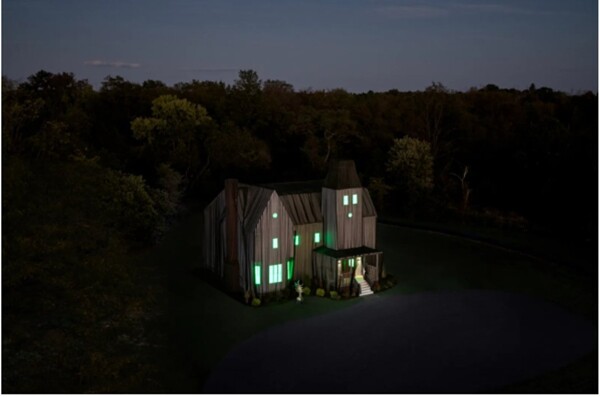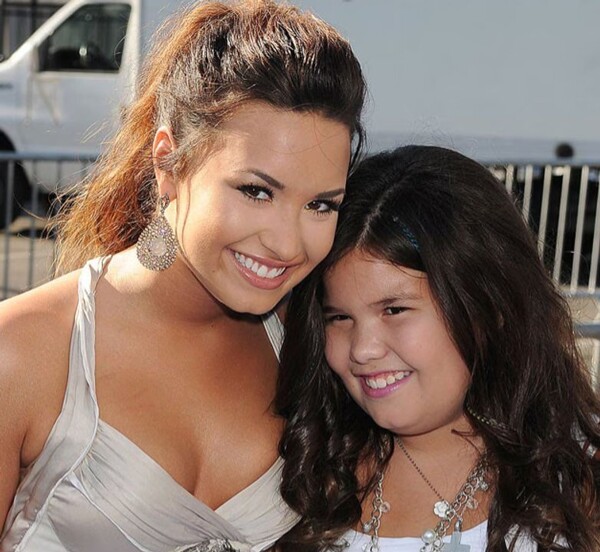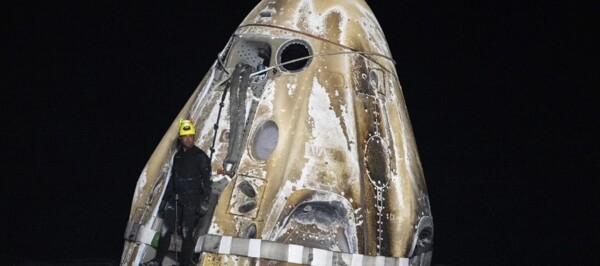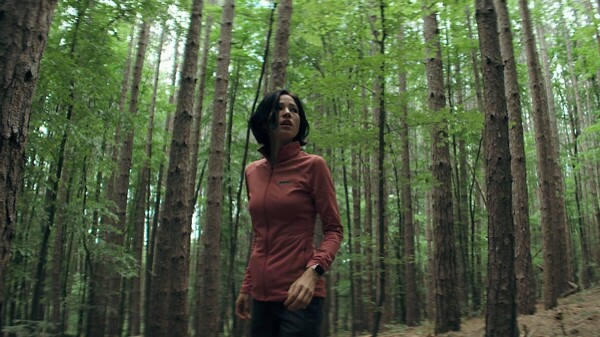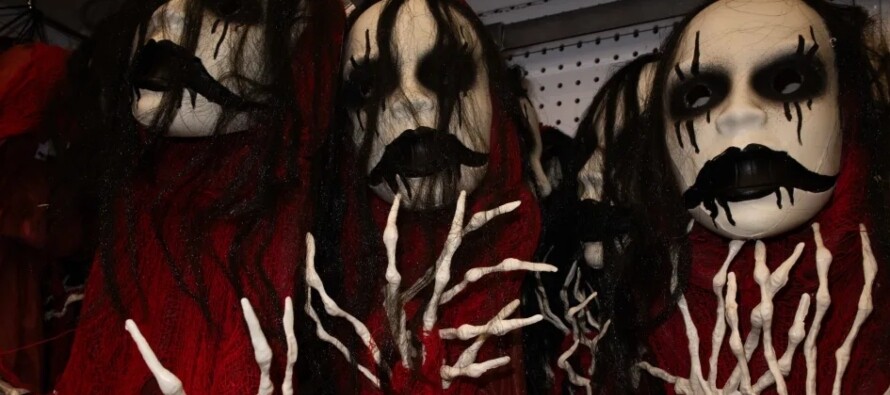
Personal spending on gift-giving holidays such as Mother's Day, Father's Day, and Valentine's Day exceeds that of Halloween, although the latter remains on the list of the top ten celebrations of the year. Spirit Halloween, the chain specializing in Halloween season products, goes beyond just being a temporary store, offering a retail entertainment experience.
Steve Silverstein, CEO of Spirit Halloween, describes the experience offered by the brand's stores as immersive and multisensory, where consumers can explore and feel the atmosphere, scents, and merchandise of Halloween. The company, which has become a benchmark for the holiday, has experienced significant growth thanks to the increasing interest in Halloween, especially in the category of adult costumes, driven by the rise of themed parties for adults.
The origins of Halloween date back to the arrival of Scottish and Irish immigrants in the United States in the 1840s, primarily as a way to preserve their traditions. Subsequently, the holiday was adopted by college students as an excuse for celebrations. Today, Halloween has evolved and become a holiday that attracts people of all ages and demographic groups.
The celebration of Halloween has expanded globally and adapts to local traditions in different countries. For example, Hong Kong has embraced this holiday by creating themed mazes in an amusement park. In the United States, the celebration of "trick or treat" during Halloween has its roots in the need for neighbors to distract mischievous children causing disturbances in the communities.
The Halloween industry has experienced significant growth in recent years, with stores like Home Depot and Michaels anticipating the season and offering a wide range of themed products. The popularity of Halloween among younger consumers, such as millennials and Generation Z, has contributed to the increase in spending on the holiday, positioning it as one of the most important commercial celebrations of the year, although it does not reach the level of Christmas in terms of sales volume.
The celebration of Halloween today involves a wide range of expenses, including costumes, decorations, and treats, with a constantly growing market that prepares to be celebrated in advance. Attractions such as haunted houses and themed mazes are integral parts of the holiday and have their roots in the traditions of "house-to-house" parties of yesteryear.
The taste for costumes and treats has been a constant in the evolution of Halloween over the years, with spending figures reflecting the economic importance of the holiday. The anticipation and preparation for the celebration of Halloween has become a common practice among consumers, giving rise to a phenomenon known as "holiday creep," where retailers begin to offer themed products before the official season.











